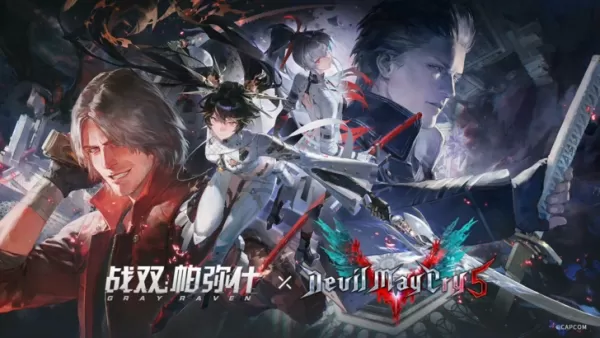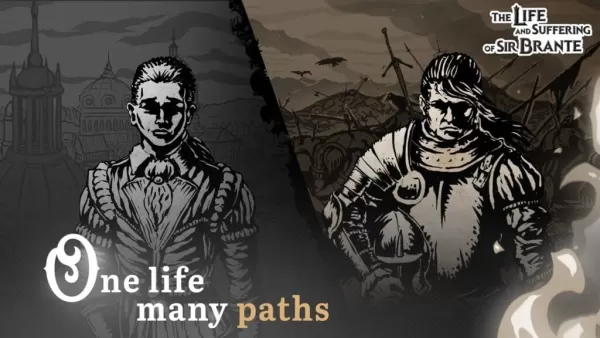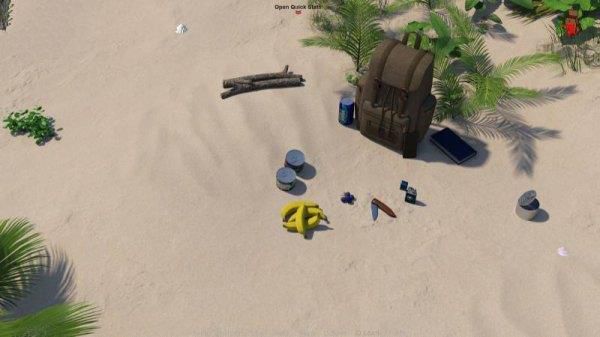When I first sat down to play developer MercurySteam’s latest project, Blades of Fire, I anticipated a return to the studio’s Castlevania: Lords of Shadow roots, infused with the modern aesthetics of God of War. However, as I delved deeper into the game over a three-hour hands-on session, it became evident that Blades of Fire is a unique blend of familiar elements and fresh ideas, carving out its own niche in the action-adventure genre.
While it might initially seem like a clone of Sony Santa Monica’s God of War due to its dark fantasy setting, heavy-hitting combat, and close third-person camera perspective, Blades of Fire distinguishes itself with its own twist. During the demo, I navigated through a labyrinthine map filled with treasure chests, aided by a young companion who assisted in puzzle-solving. Our quest led us to a woman of the wilds residing in a house atop a giant creature. These elements, combined with the game's anvil-shaped checkpoints reminiscent of FromSoftware's design, create a sense of déjà vu. Yet, it's the unique arrangement of these borrowed components that sets Blades of Fire apart.
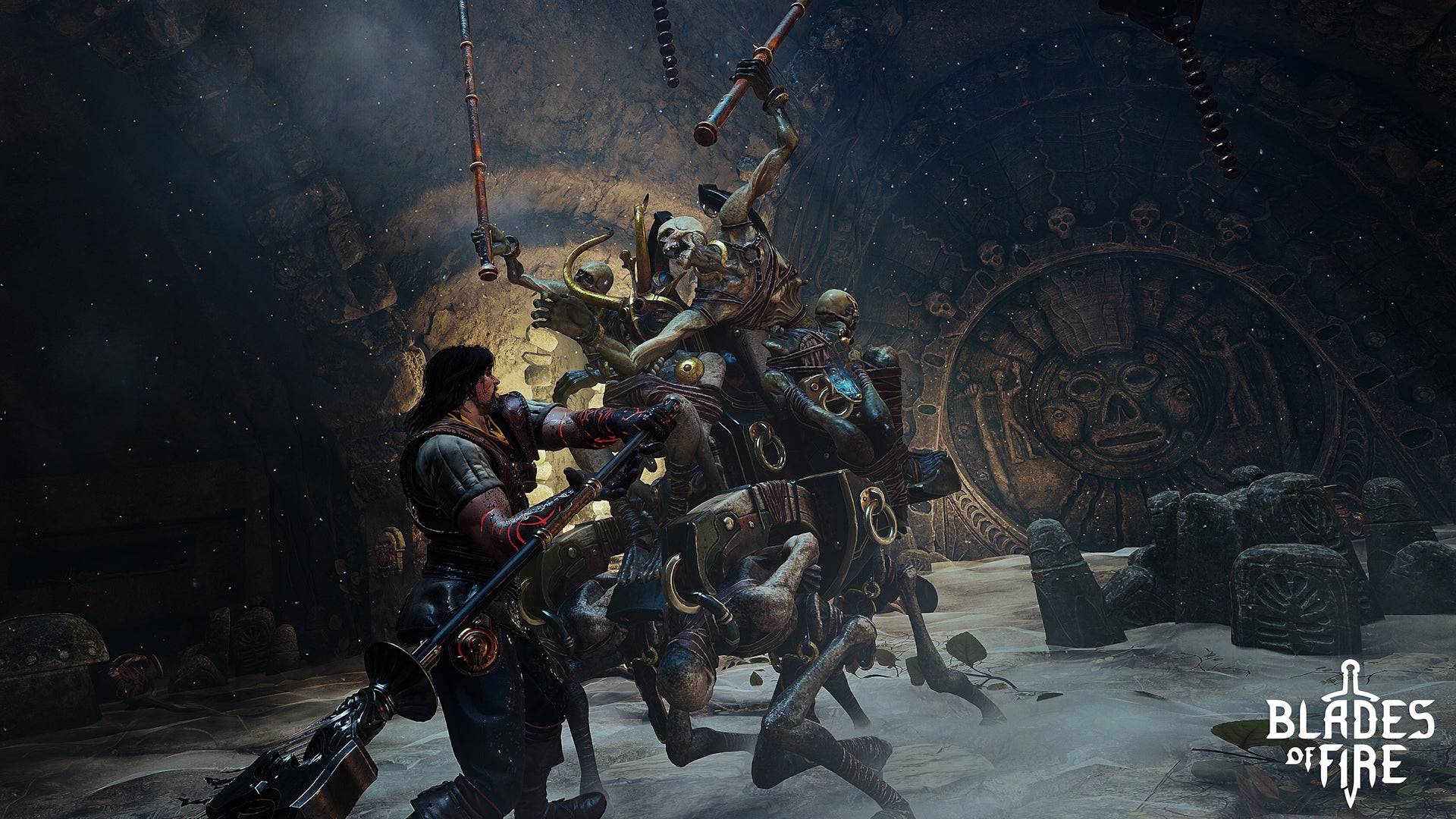 Blades of Fire features some deeply strange enemies that feel like dark cousins of Labyrinth's puppets. | Image credit: MercurySteam / 505 Games The game's world exudes a nostalgic 1980s fantasy vibe, where Conan the Barbarian would fit right in amidst its muscular soldiers, and bizarre orangutan-like enemies on bamboo pogo sticks evoke the whimsy of Jim Henson’s Labyrinth. The narrative, centered around an evil queen who has turned steel to stone, tasks you, as Aran de Lira—a blacksmith demigod—with restoring the world’s metal. While the story and characters might not break new ground, their retro charm is undeniable, echoing the forgotten tales of the Xbox 360 era.
Blades of Fire features some deeply strange enemies that feel like dark cousins of Labyrinth's puppets. | Image credit: MercurySteam / 505 Games The game's world exudes a nostalgic 1980s fantasy vibe, where Conan the Barbarian would fit right in amidst its muscular soldiers, and bizarre orangutan-like enemies on bamboo pogo sticks evoke the whimsy of Jim Henson’s Labyrinth. The narrative, centered around an evil queen who has turned steel to stone, tasks you, as Aran de Lira—a blacksmith demigod—with restoring the world’s metal. While the story and characters might not break new ground, their retro charm is undeniable, echoing the forgotten tales of the Xbox 360 era.
The game's mechanical prowess, however, is where Blades of Fire truly shines. Its combat system, rooted in directional attacks, utilizes every face button on the controller. On a PlayStation pad, tapping triangle targets the head, cross aims for the torso, while square and circle swipe left and right. Mastering these attacks to break through enemy defenses adds a layer of strategic depth. For instance, striking a soldier's exposed gut when they shield their face can be particularly satisfying, with visceral blood trails enhancing the impact.
The demo’s first major boss, a slobbering troll, exemplified the combat system's potential. A second health bar could only be damaged after dismembering the troll, with the limb removed determined by your attack angle. Severing its club-wielding arm or even its entire face added a thrilling layer of tactical engagement.
Your weapons in Blades of Fire demand constant attention, much like in Monster Hunter. Edged weapons dull with use, requiring sharpening stones to maintain their effectiveness. Switching stances between slashing and thrusting can also preserve their edge, adding a tangible feel to your armaments. When a weapon inevitably breaks, you can repair it at an anvil checkpoint or melt it down for crafting new weapons in the game's innovative forge system.
Blades of Fire Screenshots
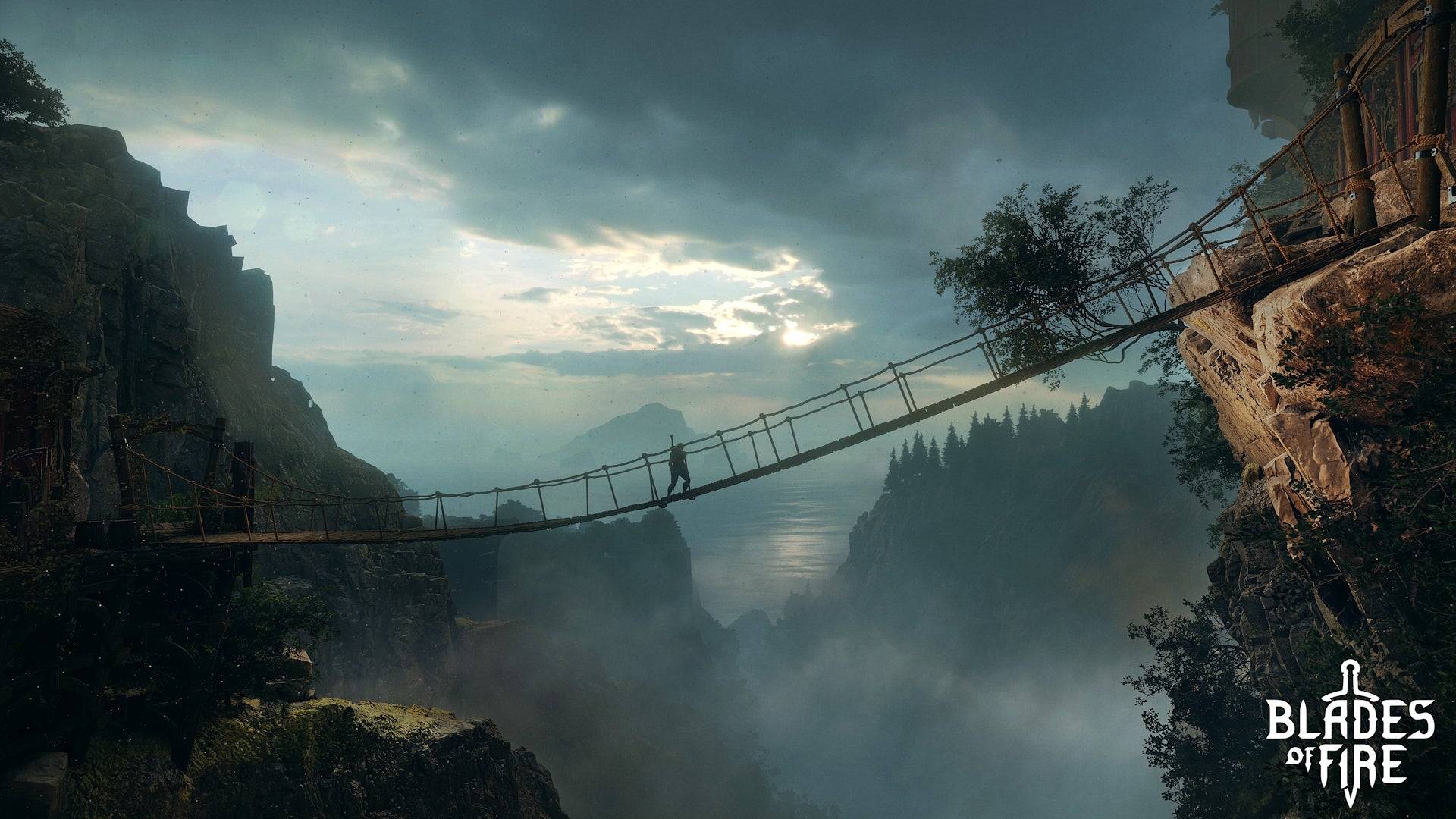
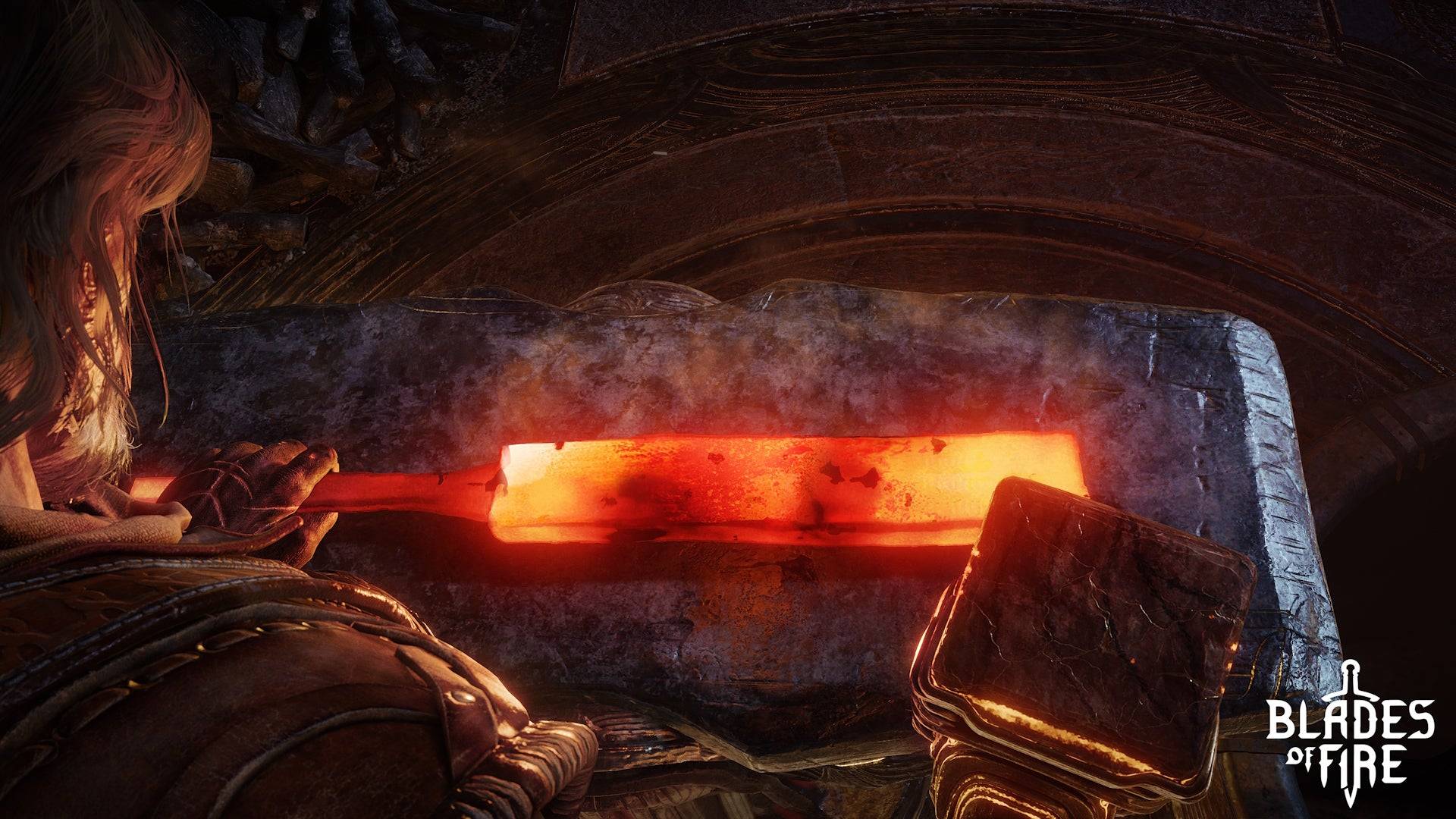 9 Images
9 Images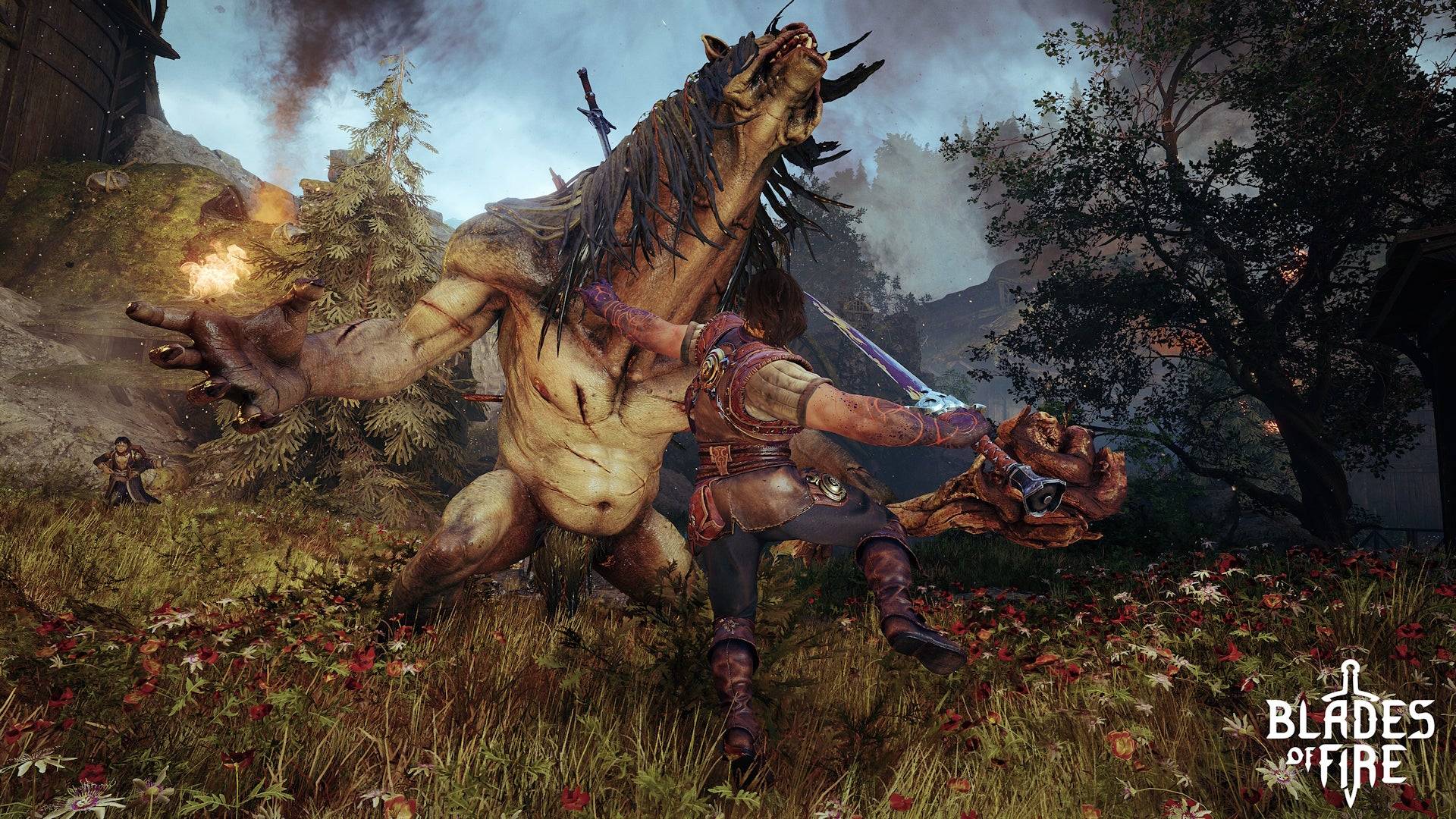
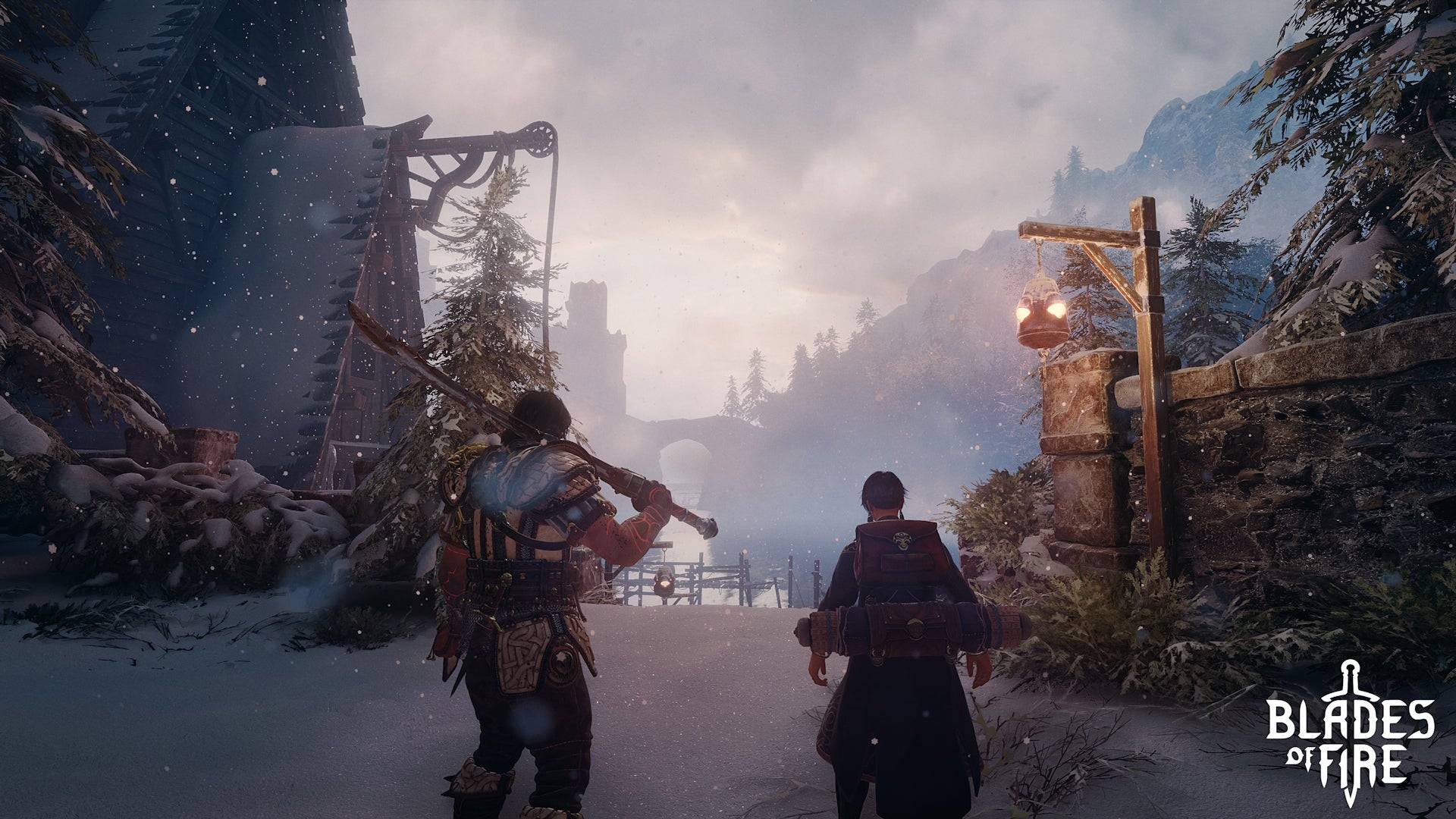
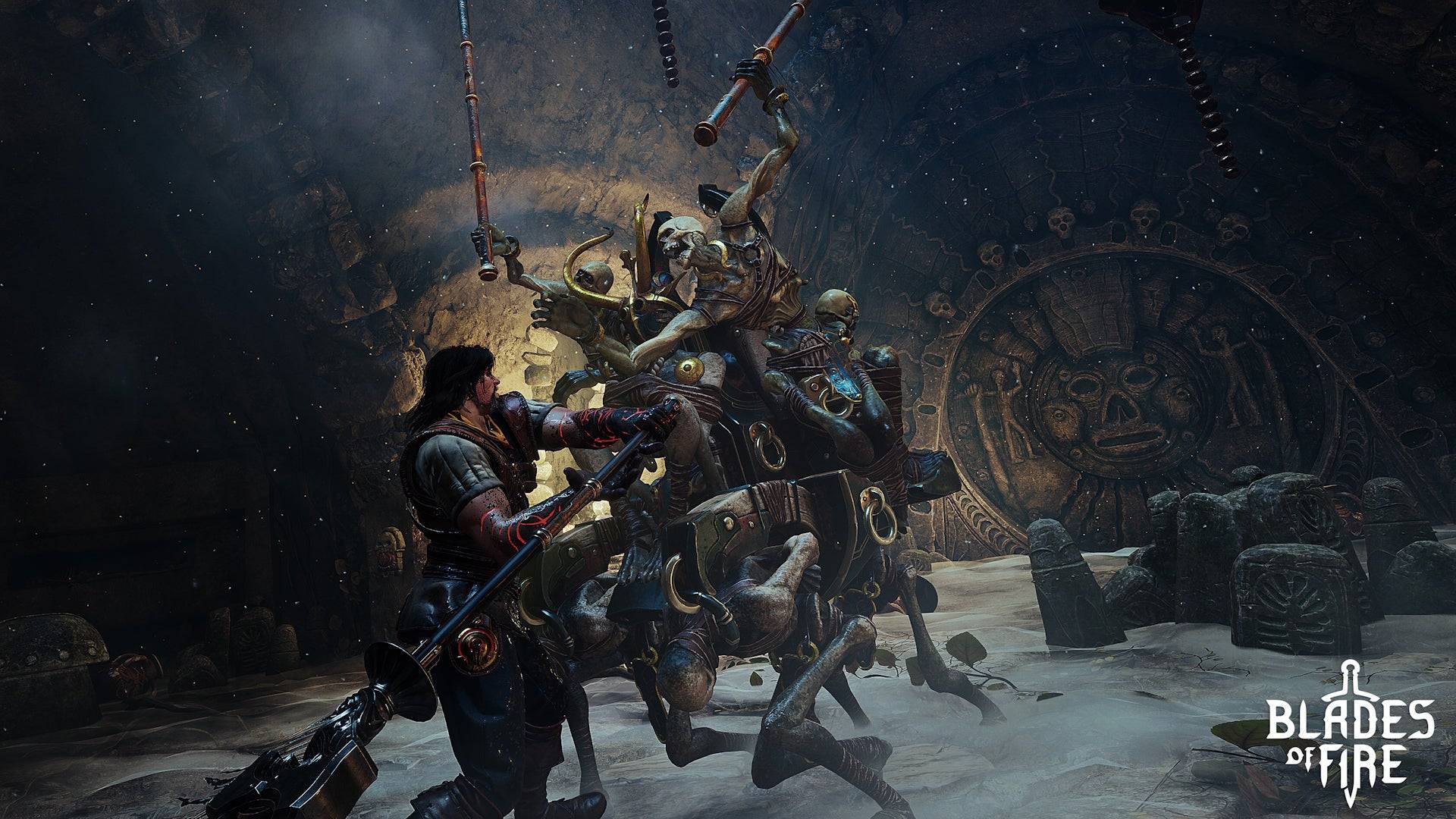
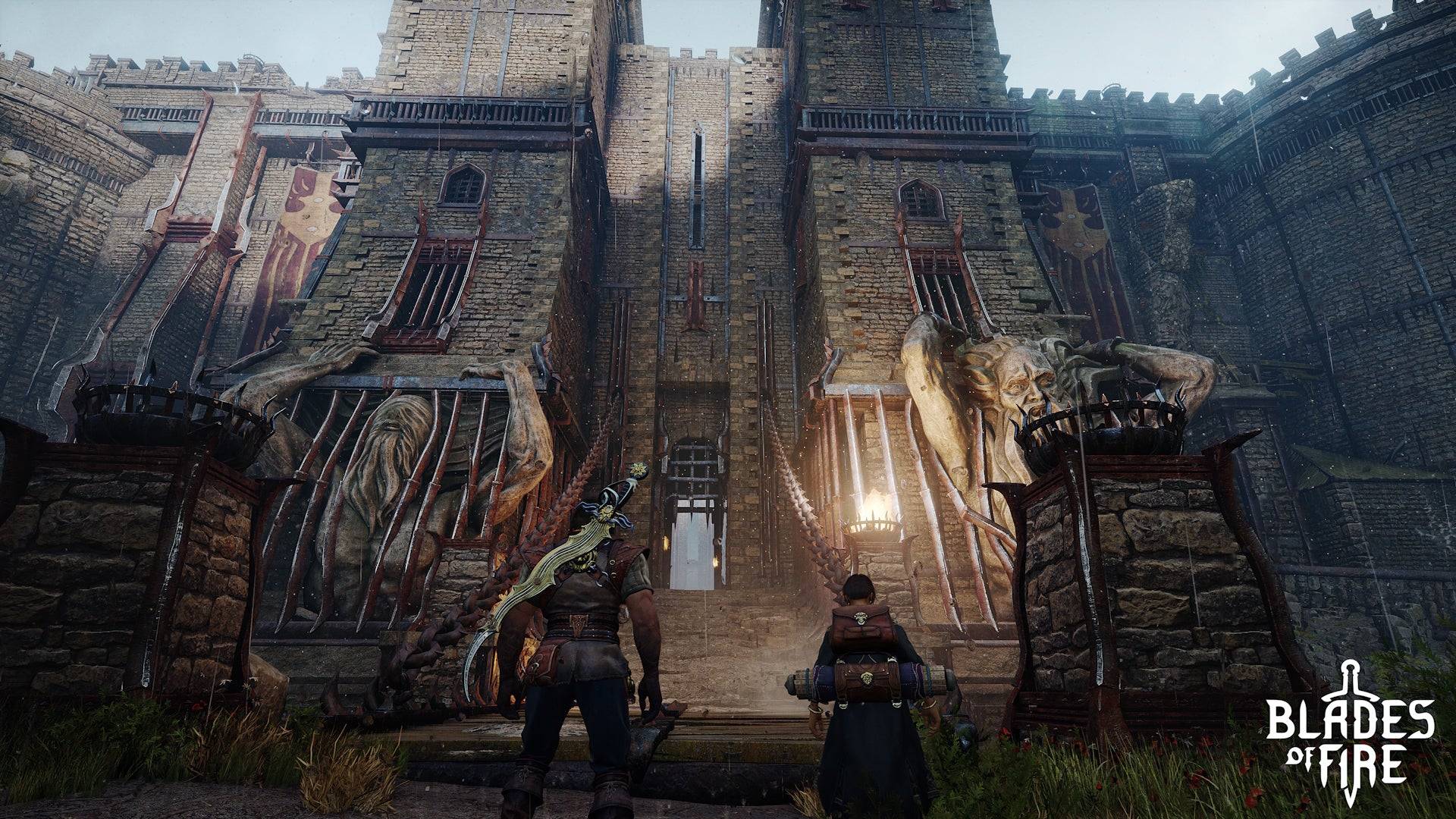 In the forge, you begin by sketching a basic weapon template on a chalkboard, tweaking aspects like pole length and spearhead shape to affect stats such as range and piercing proficiency. Material choices influence weight and stamina demands, fostering a sense of crafting rather than mere selection. The forging process itself is a minigame where you hammer out the metal, aiming to match an ideal curve with your strikes. Overworking the steel weakens the weapon, making precision crucial. Your performance earns a star rating, determining how many repairs your weapon can withstand before breaking permanently.
In the forge, you begin by sketching a basic weapon template on a chalkboard, tweaking aspects like pole length and spearhead shape to affect stats such as range and piercing proficiency. Material choices influence weight and stamina demands, fostering a sense of crafting rather than mere selection. The forging process itself is a minigame where you hammer out the metal, aiming to match an ideal curve with your strikes. Overworking the steel weakens the weapon, making precision crucial. Your performance earns a star rating, determining how many repairs your weapon can withstand before breaking permanently.
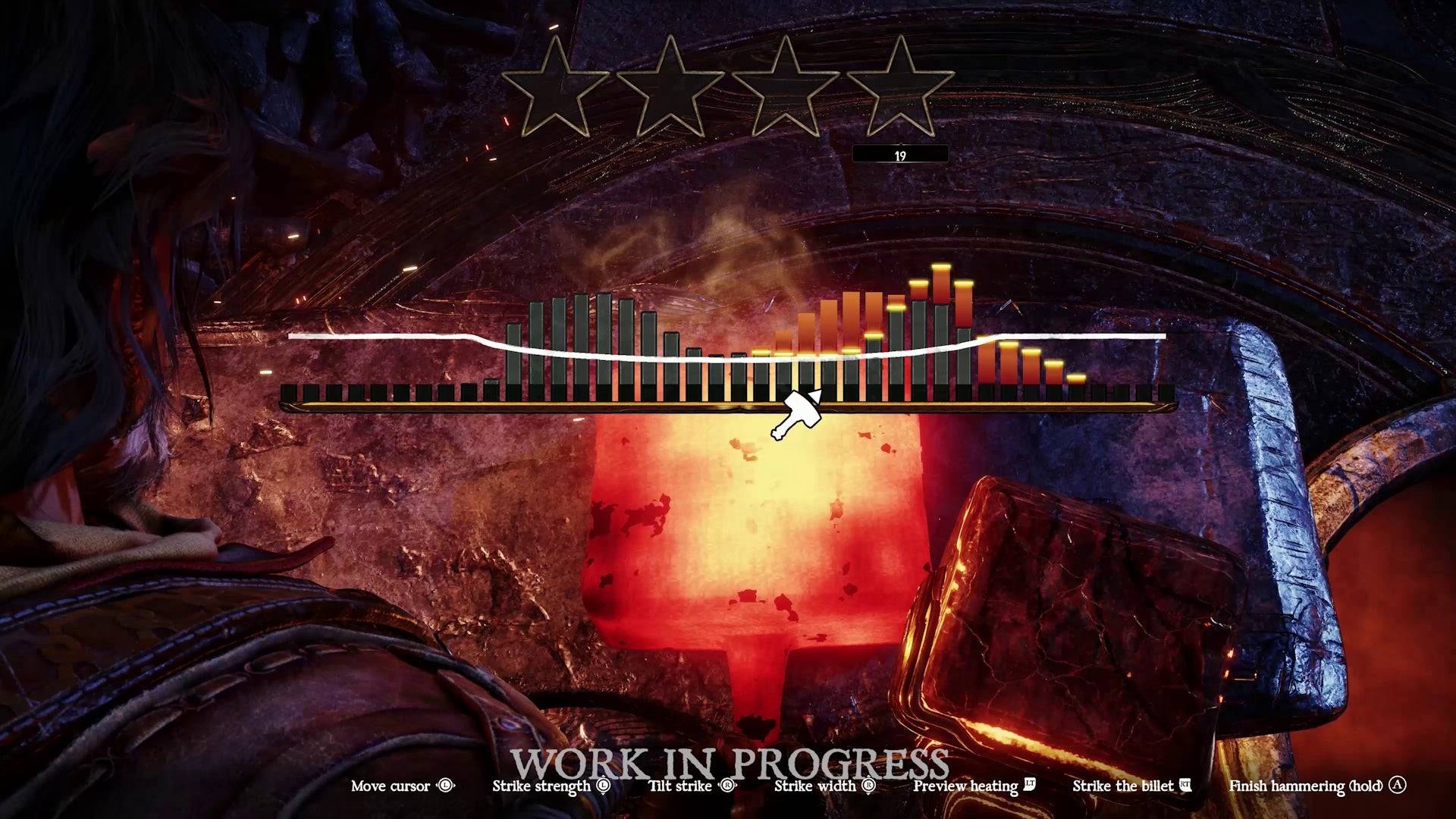 The forging minigame is a great idea that feels a little too obtuse. | Image credit: MercurySteam / 505 GamesWhile the forge concept is intriguing, the minigame can feel frustratingly obtuse, lacking a clear connection between strikes and the resulting metal shape. Hopefully, improvements or better tutorials will be implemented before launch to enhance this unique feature.
The forging minigame is a great idea that feels a little too obtuse. | Image credit: MercurySteam / 505 GamesWhile the forge concept is intriguing, the minigame can feel frustratingly obtuse, lacking a clear connection between strikes and the resulting metal shape. Hopefully, improvements or better tutorials will be implemented before launch to enhance this unique feature.
MercurySteam's vision for Blades of Fire extends beyond the demo, aiming for a 60-70 hour journey where you form deep attachments to your crafted weapons. As you explore and discover new metals, you can reforge your swords, axes, hammers, and spears to meet new challenges. The death mechanic adds another layer of engagement; upon defeat, you drop your weapon, which remains in the world, challenging you to recover it.
The influence of Dark Souls and its siblings is evident, but Blades of Fire is more than a Soulslike or a God of War clone. It's a spiritual successor to Blade of Darkness, a game developed by MercurySteam’s founders, seen as a precursor to the Souls series. By reinterpreting established systems, Blades of Fire crafts its own distinct identity.
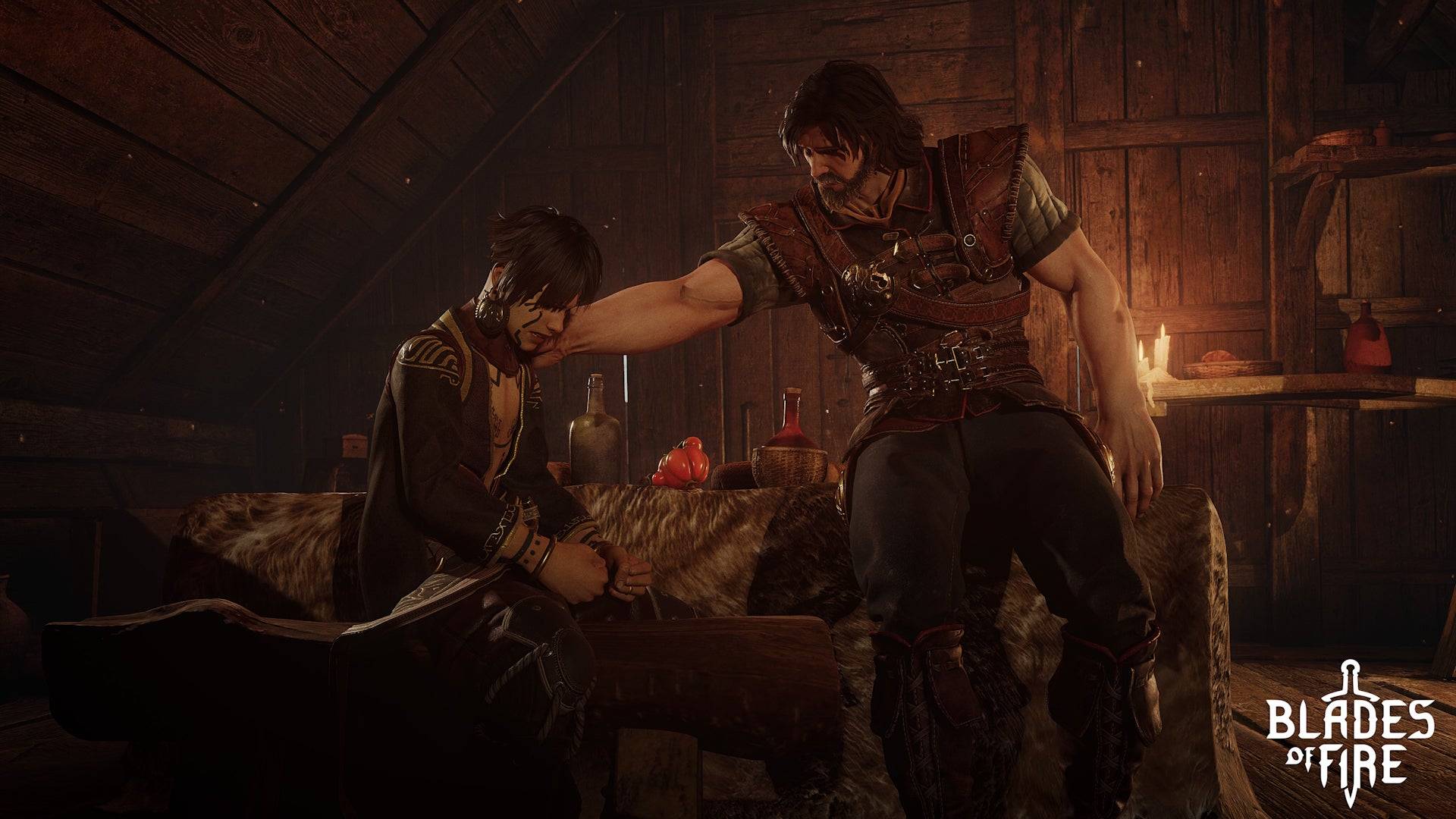 Aran is joined by his young companion, Adso, who can help solve puzzles and comment on the world's lore. | Image credit: MercurySteam / 505 GamesDespite my concerns about the game's generic dark fantasy setting and the repetition of miniboss encounters, the intricate relationship between your forged blades and the enemies you face is compelling. In an era where complex games like Elden Ring and Monster Hunter have found mainstream success, Blades of Fire has the potential to offer something fresh and engaging to the action-adventure genre.
Aran is joined by his young companion, Adso, who can help solve puzzles and comment on the world's lore. | Image credit: MercurySteam / 505 GamesDespite my concerns about the game's generic dark fantasy setting and the repetition of miniboss encounters, the intricate relationship between your forged blades and the enemies you face is compelling. In an era where complex games like Elden Ring and Monster Hunter have found mainstream success, Blades of Fire has the potential to offer something fresh and engaging to the action-adventure genre.

